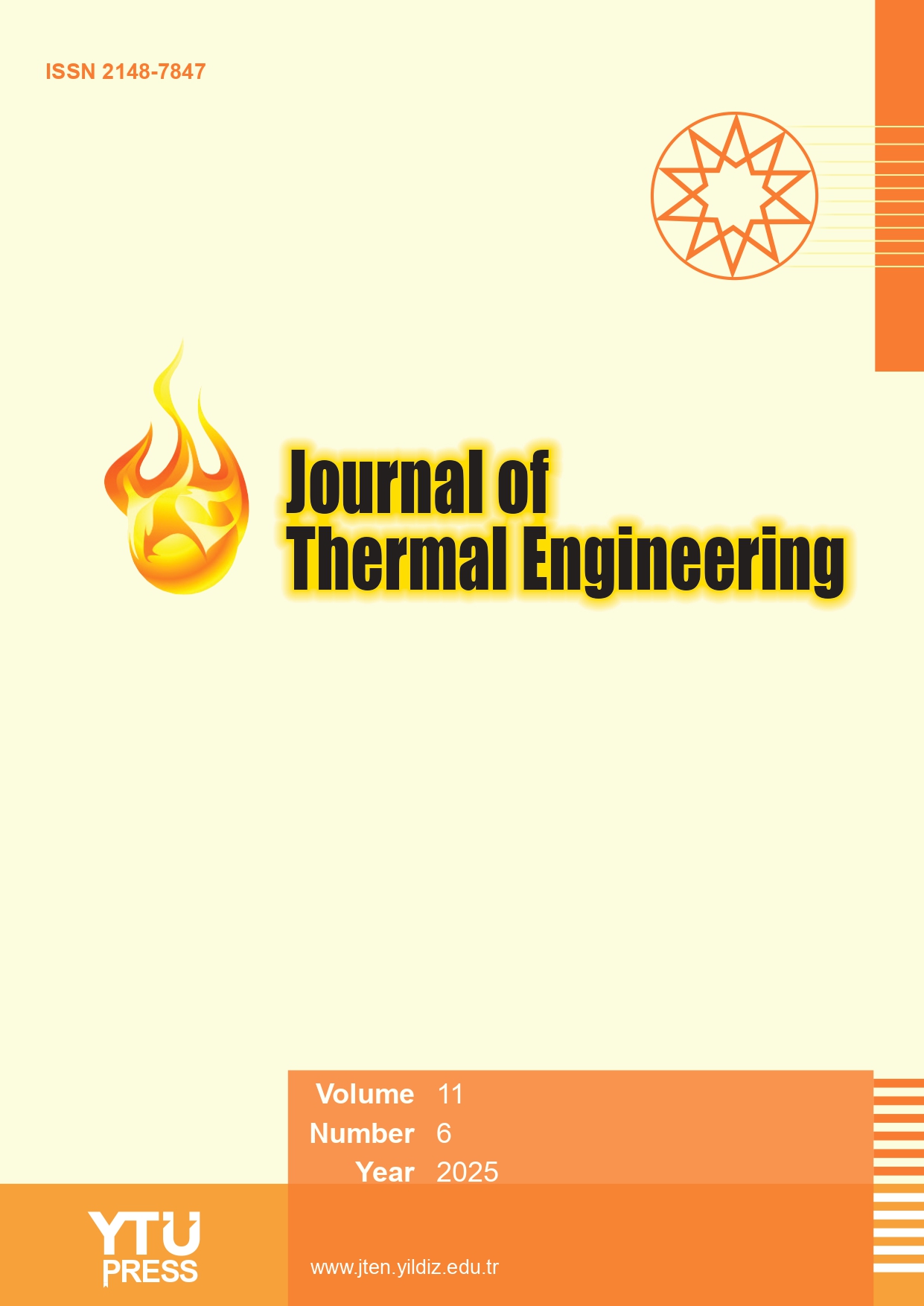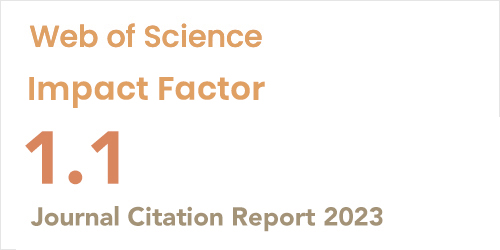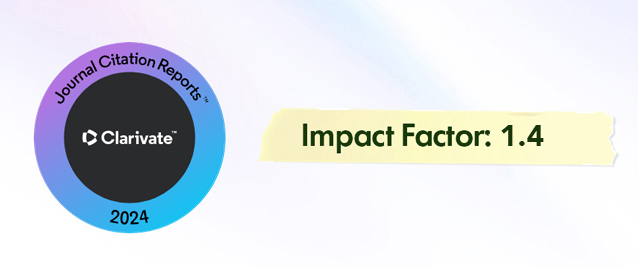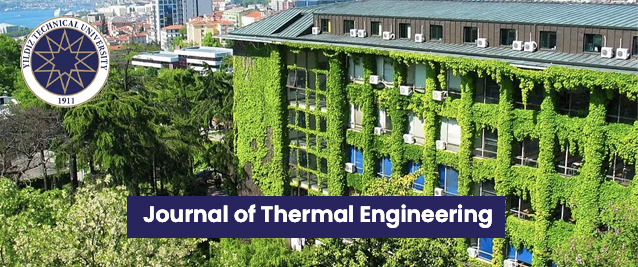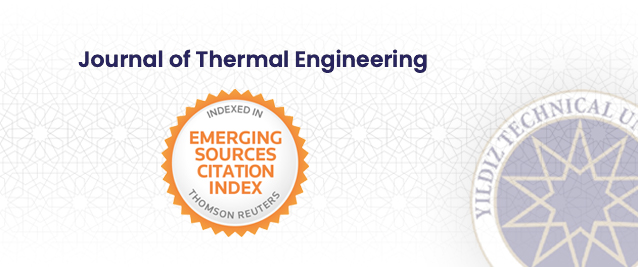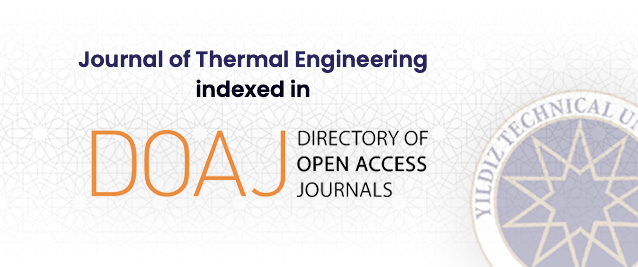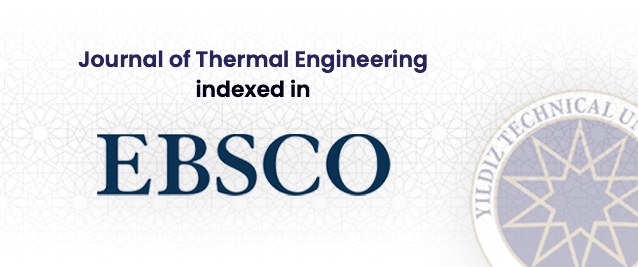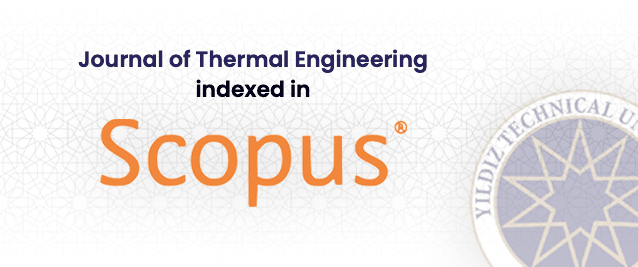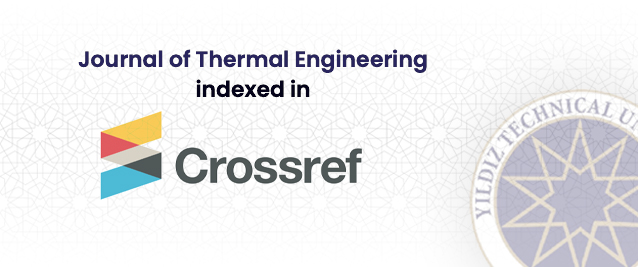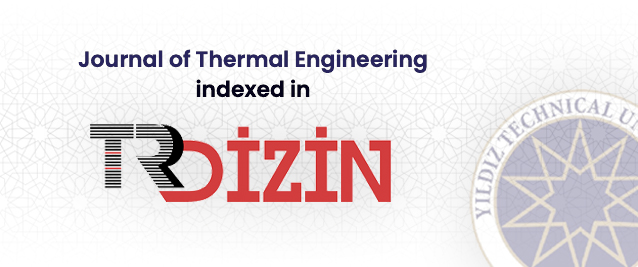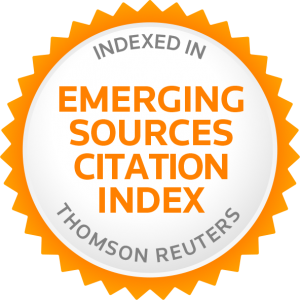2Technology and Methods of Nano Products Manufacturing, Tambov State Technical University, 392036, Russia
3Department of Reconstruction and Projects, University of Baghdad, Baghdad, 10071, Iraq
4Department of Chemical Engineering and Petroleum Industries, Al-Mustaqbal University College, Babylon, 51001, Iraq
5Energy and Renewable Energies Technology Centre, University of Technology, 10066, Iraq
Abstract
Hyperthermia therapy is one of the new technologies emerging from nanotechnology. This study examines the relationship between bio-nanofluid thermal conductivity and hematocrit differences. In the treatment of cancer, researchers have used several types of nanoparticles. The bio-nanofluid used in this study was created by adding two types of nanoparticles (Fe3O4 and Au) to blood for the first time. Based on the results, thermal conductivity was found to be significantly affected by the shape of nanoparticles, and the proposed thermal conductivity models agreed with the literature. According to the nanomaterial and the age and gender of the participants, as well as the nanoparticles’ shape, analysis of the study results is presented. For each group of men, women, and children, the effective thermal conductivity values of Plasma-Au nanoparticles and plasma-Fe3O4 nanoparticle fluids changed with the thickness of the interlayer. In comparison to iron nanoparticles (magnetite oxide Fe3O4), gold nanoparticles improved the thermal conductivity more. Nano-layer thickness increases with radius at the same time as thermal conductivity increases. A bio-nanofluid composed of plasma, nano-Fe3O4, or nano-Au was calculated by Yang’s model. In addition, the thermal conductivity of nano-biofluid, consisting of plasma nano-Fe3O4, nano-Au, and red blood cells, was calculated using the Maxwell model. As a result of varying hematocrit values, nano-biofluids improve at a different rate of thermal conductivity. Depending on the gender and age of the patient, the rate of improvement varies. Au nanoparticles (5 nm) increased the bio-nanofluid thermal conductivity for children by 0.623% and 0.306% more than that for men and women, respectively, at nano-layer thickness (t=1 nm). Using Fe3O4 NPs of 25 nm diameter, the children thermal conductivity of nano-biofluid increased by 0.58% and 0.268% higher than men and women, respectively, at nano-layer thickness (t= 5 nm).


